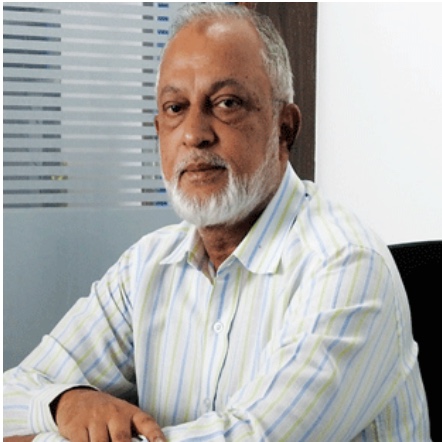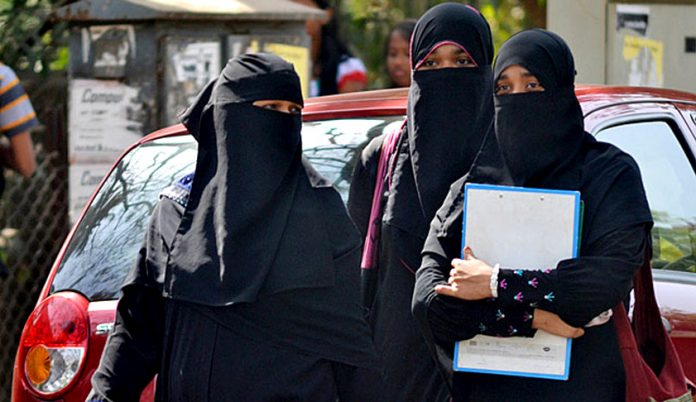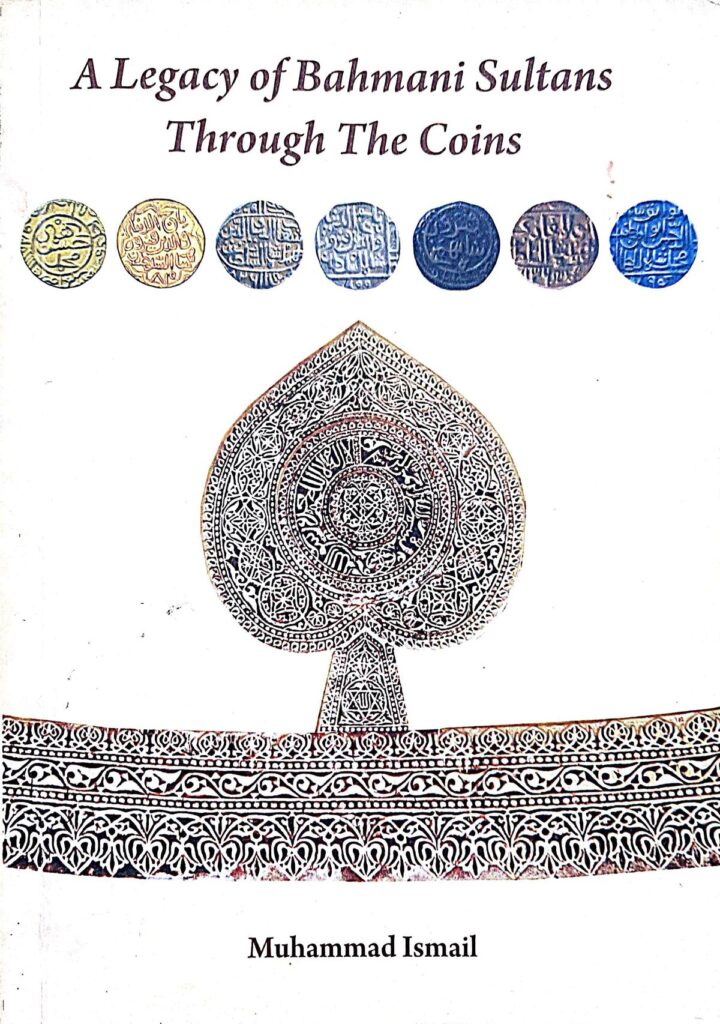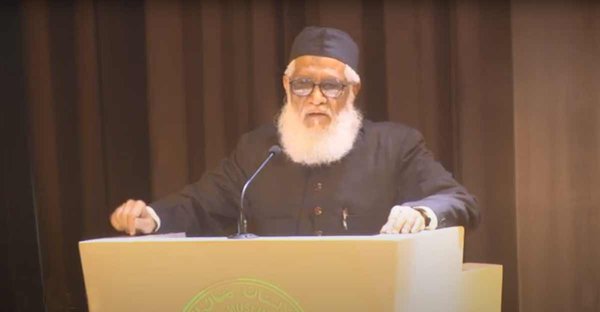Thonse (Udipi District), KARNATAKA :

Sir Mohammad Ismail – Founder and Chairman Salihath Group of Institutions
In the picturesque hamlet of Thonse, nestled along the Arabian Sea in Karnataka, lies the Salihath Group of Educational Institutions – a beacon of hope and empowerment for the local Muslim community. Established by the visionary Mohammadia Educational Trust®, this institution has become a transformative force in the region. Under the astute leadership of its founder and chairman, Mohammad Ismail, Salihath has grown into a premier institution that not only fosters education but also cultivates values, harmony, and development.
A Visionary Leader with a Mission
Mohammad Ismail, the founder and chairman of Salihath, is a man of extraordinary humility, kindness, and vision. Hailing from the very village he sought to uplift, his dedication to empowering the community through education has left an indelible mark. His down-to-earth nature, simplicity, and relentless drive have inspired countless individuals. Interacting with him at his office was a privilege – his clarity of purpose and passion for community service are genuinely infectious.
A Challenge Turned into a Movement: The Story of Mohammad Ismail’s Vision
When I met Mohammad Ismail Sahab, the founder and chairman of the Salihath Group of Educational Institutions, I was immediately struck by his warmth and humility. Sitting in his modest yet welcoming office, he exuded a sense of calm determination. As our conversation unfolded, I asked him about the inspiration behind his monumental endeavour to establish a school. His response was both deeply personal and profoundly inspiring – a story of resilience, vision, and the transformative power of a single challenge.
He leaned back, his gaze momentarily distant, as if revisiting the past. “It all started,” he began, “when my young son was mistreated by a teacher at his school. Like any concerned parent, I went to the Principal to address the matter. What began as a simple complaint turned into a heated discussion. In the middle of our conversation, the Principal, perhaps out of frustration or arrogance, said something that changed my life: ‘If you think you can do better, why don’t you start your own school?’”
For a moment, Mohammad Ismail paused, as though replaying those words in his mind. “He said it almost mockingly,” he continued, his voice steady but tinged with emotion. “It wasn’t just a personal affront. It was a reflection of how our community was perceived – poor, powerless, and incapable of rising above its circumstances. His words weren’t just aimed at me; they seemed to ridicule the very idea that someone from our background could dream of something better.”
The Principal’s remark, though intended to dismiss, ignited a spark within Mohammad Ismail. “That day, I resolved not just to prove him wrong, but to create something far greater than he could imagine – not merely for my son, but for the entire community. I wanted to provide an education that was affordable, accessible, and dignified for every child in the region, regardless of their background or financial status.”
What followed was nothing short of remarkable. Mohammad Ismail Sahab poured his heart and soul into turning that challenge into an opportunity. “It wasn’t easy,” he admitted, “but I wasn’t alone. Others shared my vision. Together, we built what you see today – not as individuals, but as a collective force of determination and faith.”
Today, decades later, Salihath Group of Educational Institutions stands as a testament to his resolve. From its humble beginnings, it has grown into a thriving hub of education and empowerment, impacting the lives of thousands. “We did this together,” he concluded with a smile, his eyes bright with pride. “It’s not my achievement alone; it’s the result of a community that dared to dream and worked tirelessly to make that dream a reality.”
This story, deeply rooted in personal resilience and communal effort, is the cornerstone of Salihath’s legacy. Mohammad Ismail’s journey serves as a powerful reminder of how a single moment of adversity can ignite a movement that transforms not just lives, but entire communities.
The Genesis of Salihath
The story of Salihath began in 1972, with the establishment of Anjuman Taalimate Mohammadia Madarasa, an institution imparting Islamic education to local children. Recognising the pressing need for quality education for Muslim girls, especially in secondary and higher education, Mohammad Ismail and the Mohammadia Educational Trust® expanded their vision. Over the decades, Salihath evolved into a group of institutions offering diverse programmes, from primary education to college degrees, all while maintaining a firm grounding in Islamic and moral values.
A Timeline of Growth
- 1972: Anjuman Taalimate Mohammadia Madarasa founded for Islamic education.
- 1994: Salihath Arabic College for Girls established, offering Islamic studies and Dawah training.
- 1996-97: Salihath Kannada Medium High School for Girls commenced.
- 1997-98: Salihath English Medium Primary and High School launched.
- 2009-10: Salihath P.U. College for Girls inaugurated for higher education.
- 2014-15: Salihath Degree College for Girls started, affiliated with Mangalore University.
Transformative Impact on the Community
Empowering Girls’ Education: In a region where Muslim girls once had limited access to quality education, Salihath has been a game-changer. By establishing schools and colleges, the institution has enabled thousands of girls to achieve academic success and professional growth. Partial fee concessions and affordable education ensure that financial constraints do not hinder opportunities for deserving students.
Promoting Literacy and Development: The literacy rate in Thonse has seen a dramatic improvement, thanks to Salihath’s efforts. In 1971, literacy in the region was less than 50%. Today, it stands at an impressive 85%, surpassing the state and national averages. This growth reflects the institution’s role in shaping the educational landscape of not just Thonse but the entire Udupi district.

Fostering Cultural Harmony: Salihath is more than just an educational institution; it is a platform for cultural exchange and understanding. By welcoming students from diverse backgrounds, it fosters a sense of unity and mutual respect. The inclusive ethos of Salihath promotes cultural harmony, making it a vital pillar of community development in Thonse.
Contributing to Nation-Building: Salihath’s graduates are making significant contributions in various fields, including education, business, and social service. The institution instils a sense of responsibility, leadership, and patriotism in its students, ensuring they become valuable contributors to the nation’s progress.
Why Salihath Stands Out
- Government Recognition: All programmes are affiliated with the Government of Karnataka.
- Self-Sustainability: Operates without external funding, maintaining autonomy and integrity.
- Value-Based Learning: Combines academic excellence with Islamic and moral education.
- Modern Facilities: Offers state-of-the-art infrastructure, digital learning tools, and well-equipped labs.
The Legacy of a Visionary
Mohammad Ismail’s initiative has catalysed the establishment of over 25 Muslim educational institutions in the region, significantly impacting the socio-economic landscape of Thonse and beyond. His life’s work is a testament to the transformative power of education and a reminder that visionary leadership can bring about meaningful change.
Salihath Group of Educational Institutions has ambitious plans for its future. From expanding academic programmes to introducing new disciplines in science, commerce, law, journalism and technology, the institution aims to remain a leader in education. Efforts to engage alumni, document its inspiring history, and strengthen its presence through updated digital platforms are underway.
Salihath Group of Educational Institutions is not just an academic hub; it is a symbol of empowerment, cultural harmony, and progressive change. Its journey from a small Madarasa to a leading educational institution reflects the potential of dedicated community efforts. As it continues to inspire and uplift, Salihath stands as a shining example of how education can shape lives, communities, and nations.
A Heartfelt Thank You to the People of Thonse
Recently, I had the privilege of visiting the picturesque village of Thonse in Udupi and spending three unforgettable days amidst its serene beauty and warm-hearted people. From the moment I arrived, I was enveloped in an atmosphere of genuine humility and a profound eagerness to serve, which seemed to resonate throughout the entire village. It felt less like a visit to a new place and more like a return to my own hometown.
During my stay, I had the opportunity to meet a diverse group of people who form the lifeblood of this community. The trustees of the society welcomed me with open arms, sharing their stories and dreams for the institution. Parents spoke with pride about their children’s achievements, students eagerly shared their aspirations, and alumni reflected fondly on how their lives had been shaped by the education they received here. Each interaction was a testament to the close-knit and supportive nature of the Thonse community.
Beyond the enriching discussions, I was also captivated by the breath-taking surroundings of this coastal gem. I enjoyed a peaceful boat ride across the ocean, marvelling at the vastness of the Arabian Sea. I visited Malpe Beach, where the golden sands and azure waters seemed to stretch endlessly. The delta point of Kodibengre offered a mesmerising confluence of natural beauty, a place where the river gently embraces the sea. The entire environment was a harmonious blend of nature’s tranquillity and human warmth.
Staying in the home of Mohammad Ismail Sahab, a visionary leader and an embodiment of hospitality, was the highlight of my visit. His graciousness and kindness, along with the love and care shown by everyone in Thonse, left an indelible mark on me.
As I bid farewell to this enchanting village, I carry with me not just memories of its stunning landscapes but also the deep gratitude for the unmatched hospitality and genuine affection of its people. To the residents of Thonse, thank you for making me feel not like a guest, but like family.
source: http://www.radiancenews.com / Radiance News / Home> Focus> Pride of the Nation / by Syed Azharuddin / Radiance News Bureau / December 04th, 2024













